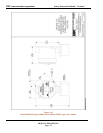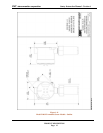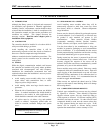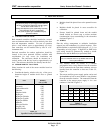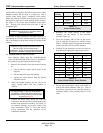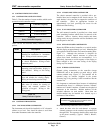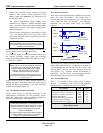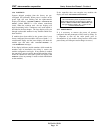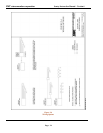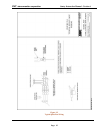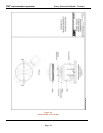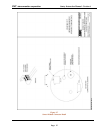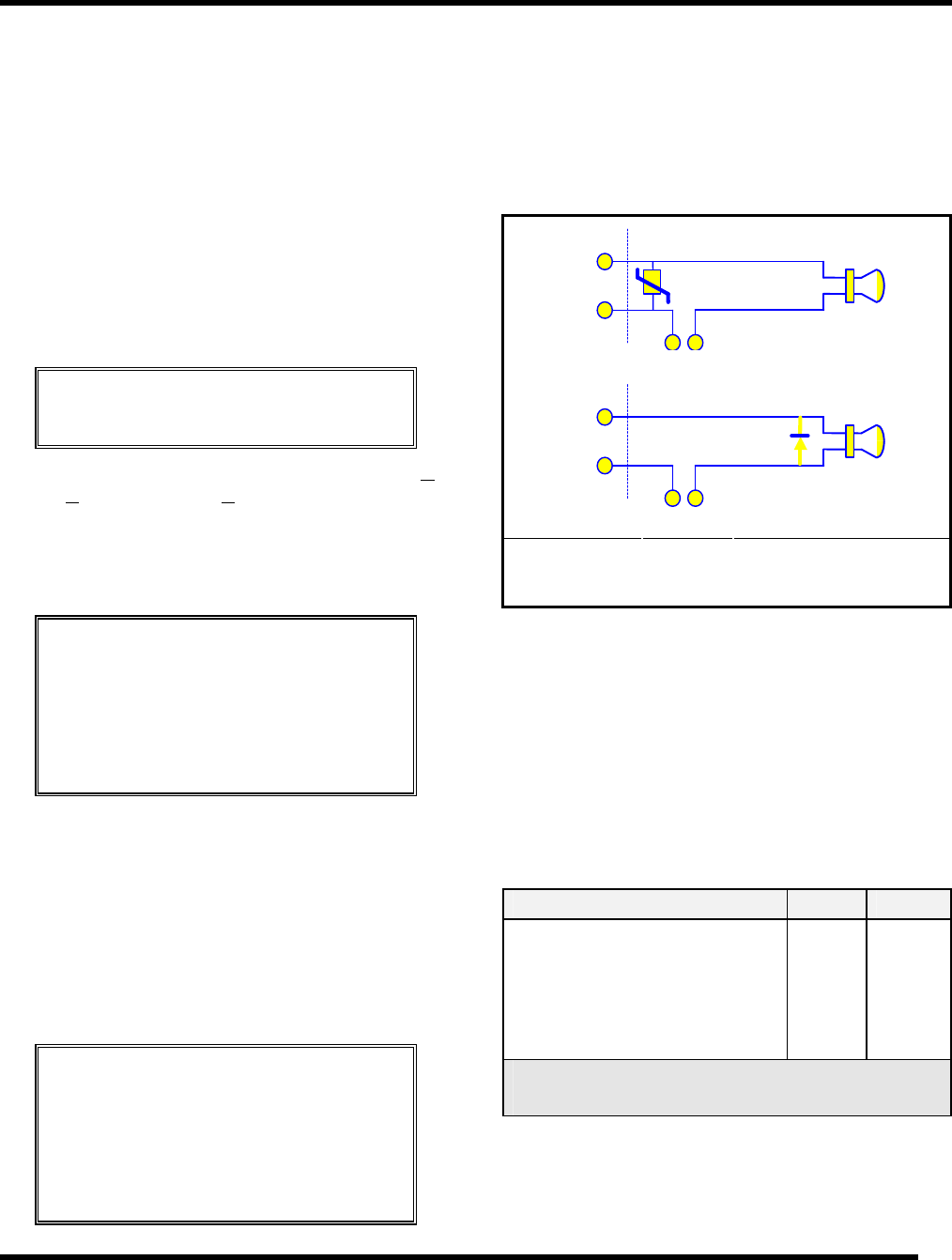
SMC sierra monitor corporation Sentry Instruction Manual - Version 6
INSTALLATION
Page: 20
• Connect the necessary remote audible and visual
alarms or other process control equipment to the
"HIGH", "LOW" and "TROUBLE" dry contact relays on
the connector panel.
The Double Pole/Double Throw (DPDT) relay
connections are marked to indicate Normally Open
(N/O) , Normally Closed (N/C) and Common (COM)
terminals for each pole. No voltage is applied to the
terminals internally.
Typical wiring configuration is described in Figure
3-11. The trouble relay is fail safe so that it will
switch from Normally Closed to Normally Open if all
system power is lost.
NOTE
It may be preferably to delay wiring the alarms, or delay
powering them, until the detection system has been fully
activated, tested and calibrated.
Connect 120 volts AC wiring to the terminals marked Hot
(black), Neutral (white), and Ground (Green).
If a 12-28 VDC supply is to be used as either back-up or as
the primary operating voltage make the necessary
connections to the terminal marked "DC INPUT 12 - 28V"
"+" (Red) & "-" (Black).
NOTE
When a battery is to be used for back-up DC supply only,
a Sentry feature provides protection against battery
damage by shutting off the battery before complete
discharge. When this feature is used, the Sentry
controller can only be restarted by AC voltage.
To implement the battery protection feature, two red
jumper wires located on the power supply board must be
cut. See Figure 7-3.
If splice boxes are used to combine multiple modules on a
channel the splice connections should be made using a
terminal block/wire lug assembly or all wires should be
soldered and insulated. Figure 3-5.
3.5.3 ALARM DEVICE INSTALLATION
Alarm devices must be installed according to the
manufacturer's instructions for the particular device.
Sentry dry contact relays provide switching capability as
rated in the specifications. (See Appendix A.)
NOTE
Certain warning strobes have a very high peak current
which is dependent upon the phase angle of the AC line at
the precise moment the strobe is switched on. A high
current at the time of switching may cause the relay
contacts to stick together.
The corrective action to avoid contacts sticking together is
to install a 10 Ohm, 5 Watt resistor in series with the
strobe power, preferably close to the relay.
3.5.4 RELAY OUTPUTS
Three relays on the standard Sentry controller are for: high
alarm, low alarm and trouble. The trouble relay is
normally energized (power applied to coil). The gas alarm
relays (high and low) are normally not energized.
Individual low and high alarm relays are optional
hardware.
Figure 3-1
Typical Protection Circuit
The relays are dry contact and may be used to actuate bells,
lights, sirens, solenoid valves, or contactors as required. It
is recommended that for 120 VAC circuits a metal oxide
varistor (MOV) rated for 150 Vrms be place across the
load (Figure 3-1). (General Electric V150LA20A or
equivalent). For DC circuits a general purpose rectifier
diode should be placed across the load (1N4005).
3.5.5 DC POWER LOAD
Table 3-7 is provided to allow correct sizing of battery
back-up. To determine total load add the applicable
individual loads. (All measurements are at 12 VDC.)
Test Condition Amps Watts
Controller, No Sensors, No Alarms 0.560 6.7
Controller, No Sensors, All Alarms 0.660 8.0
Controller, 8 Combust, All Alarms 4.000 48.0
Individual Relay Board 0.750 9.3
Hydrogen Sulfide (Type 1) Module 0.260 3.1
Combustible (Type 2) Module 0.420 5.0
Electrochemical Sensor (typical) 0.050 0.6
Table 3-7
Sentry Power Load
NO
RELAY
COM.
110 VAC
MOV
Install MOV
close to switch
+ -
DC
NO
RELAY
COM.
1N4005
Install diode
close to load



